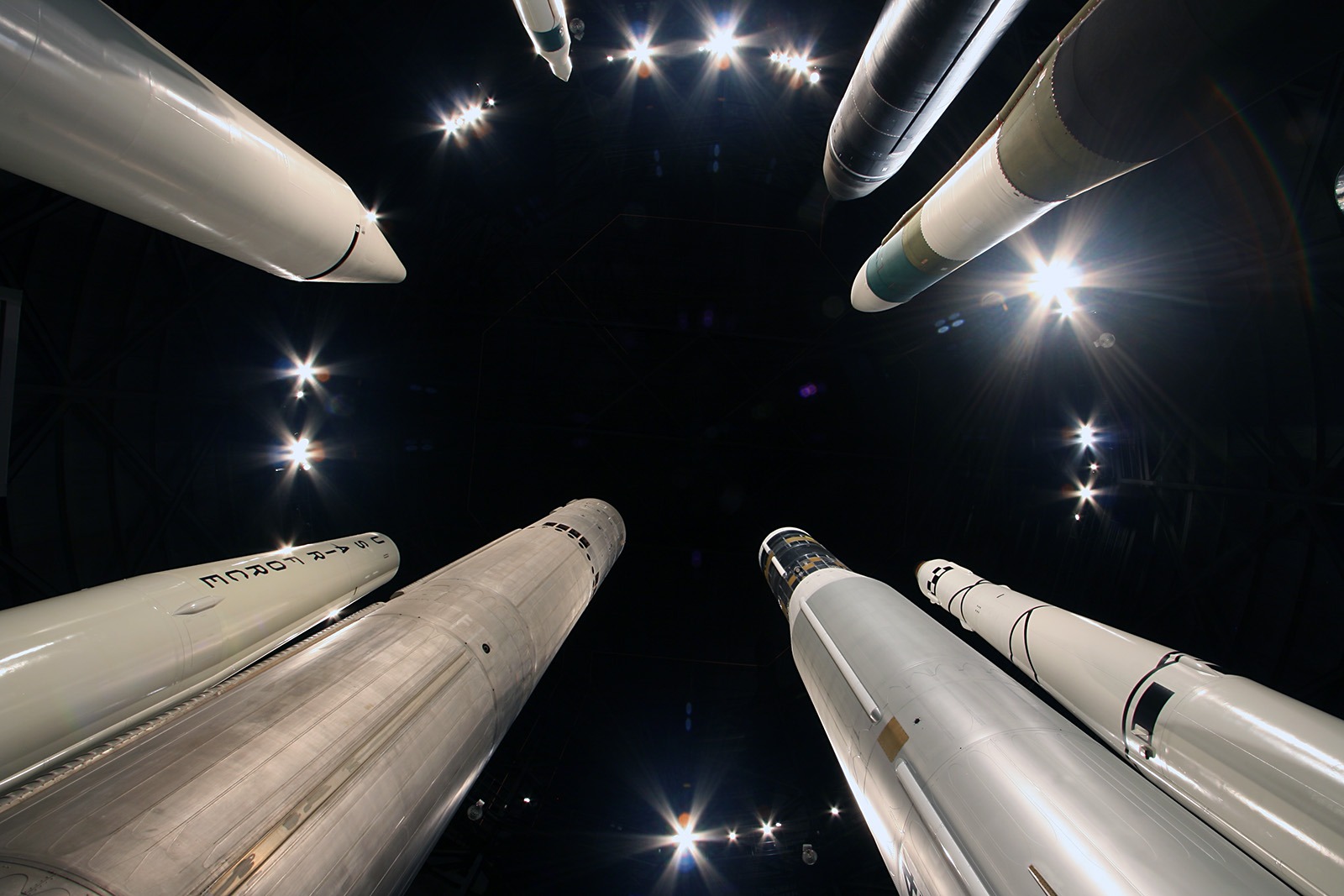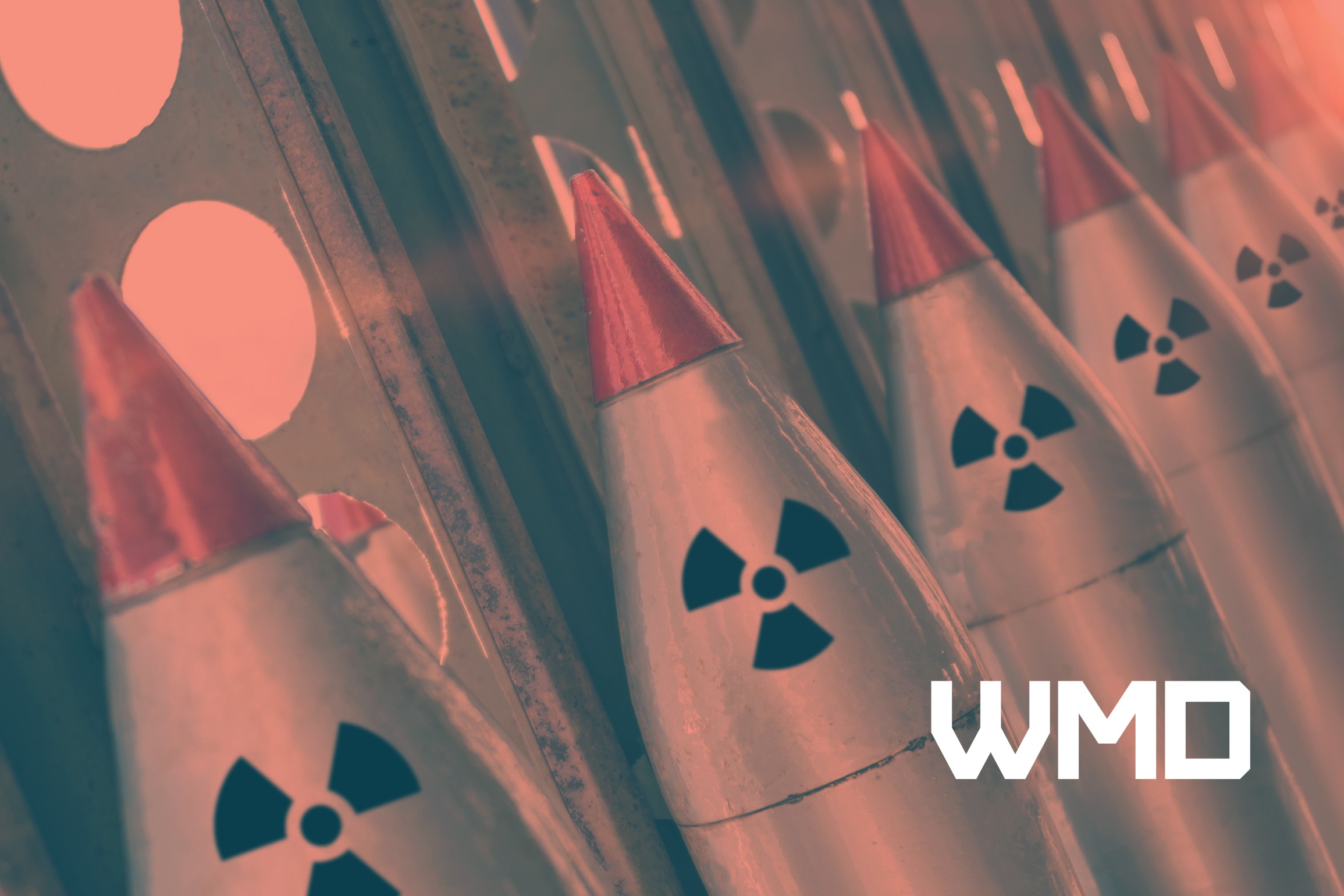Regulating Missile Competition in the Asia-Pacific
The Asia-Pacific region has been marked by important developments related to missile acquisition in recent years. Reports last summer indicated that China was constructing more than a hundred new ICBM silos, which could signify an effort to increase the size of its nuclear arsenal. This discovery is consistent with US official estimates according to which Beijing intends to double or triple its strategic missile arsenal in the coming decade. Moreover, China’s recent tests of a fragmented orbital bombardment system (FOBS) paired with a hypersonic glider, if confirmed, would suggest Beijing is developing alternative delivery vehicles and diversifying its strategic arsenal.
North Korea is also testing new types of delivery vehicles, with a focus on hypersonic gliders, cruise missiles and ballistic missiles deployed on alternative platforms (such as submarines and railcars). Testing indicates that Pyongyang’s short-range systems are increasingly effective and precise, as investments continue on long-range systems.
The other countries that possess nuclear weapons in the region, namely India and Pakistan, are also modernising their missile arsenals, as is the United States – which, although not an Asian state, has a major impact on Asian security dynamics.
Other states in the region are developing missiles as purely conventional weapons. In September, South Korea became the first non-nuclear weapon state to develop submarine-launched ballistic missiles (SLBMs), while the range of its land-based systems is set to increase.
These developments also concern cruise missiles. In the wake of the AUKUS arrangement between Australia, the UK and US, Australia is expected to acquire Tomahawk missiles to arm its submarines. Other missile possessors in the region include Vietnam, Taiwan and Myanmar, which has imported the SY-400 from China.
While some of these countries have acquired their missile capabilities in the framework of existing proliferation norms, some programs conflict with non-proliferation best practices and regimes. This raises questions over the capacity of today’s missile proliferation mechanisms to prevent the dissemination of missile technologies in the region.
Normative frameworks
The Missile Technology Control Regime (MTCR) and the Wassenaar Arrangement are the main export control regimes dealing with missile technologies. Both are politically binding agreements. They cover exports of missiles with a range greater than 300 km and with a payload of more than 500 kg that could be used to deliver weapons of mass destruction (WMD), and as such have helped limit the dissemination of these systems. Interestingly, while membership is far from universal in the Asia-Pacific (only Australia, India, Japan, New Zealand and South Korea are partners of the MTCR and the Wassenaar Arrangement), countries such as China have indicated their intent to conform to MTCR guidelines. These regimes therefore have normative power beyond their range of formal members.
Additionally, the United Nations Security Council has adopted sanctions to require the DPRK to stop its missile programme, in an effort to constrain its WMD activities. These efforts have had some impact, but their effectiveness has been reduced by the ability of some proliferating countries to develop their own production capacities. The DPRK’s recent tests demonstrate an ability to master short and long range ballistic and cruise missile technologies with increased precision and reliability.
Moreover, because missiles are increasingly attractive as potent conventional weapons (due in particular to their precision) export control mechanisms and other restrictive measures that focus on WMD delivery vehicles struggle to remain relevant. Notably, the development by South Korea of longer-range systems, with the help of overseas suppliers, reveal a flexible application of MTCR guidelines by some partners when dealing with their allies and when the risk of unconventional use seems low. Likewise, Australia’s planned acquisition of US Tomahawk cruise missiles will contravene MTCR directives.
Transparency
Ensuring the adaptation of these regimes to new technological innovations as well as export trends is extremely important. Nevertheless, the number of missile producers, as well as states developing launching technologies in the context of civilian space programmes is increasing. In the Asia-Pacific, this includes recent space-fearing nations Japan, New Zealand and South Korea, and countries planning to develop their own launchers such as Australia and Indonesia. It may therefore be unrealistic to try to reverse some dissemination trends. In this context, confidence-building measures (CBMs) could play an increasingly important role.
The Hague Code of Conduct against Ballistic Missile Proliferation (HCoC), which was adopted in 2002, is a politically binding instrument dealing with ballistic missiles and space launchers. It comprises a set of transparency and confidence-building measures aimed at limiting the proliferation of WMD delivery vehicles and constraining their use. The HCoC has reached 143 subscribing states (as of November 2021) versus 93 at its inception.
When subscribing to the HCoC, states commit to abide by a set of UN treaties and international conventions on space security and to deliver pre-launch notifications of missile or space launches. They also commit to produce annual declarations regarding their ballistic missile capabilities and their compliance with non-proliferation and disarmament treaties and instruments. These measures aim at strengthening the principle that missile and launch technologies should be treated with great vigilance because they can be used or diverted for the delivery of WMDs. They also aim to reduce the destabilizing impact of these weapons by inciting their possessors to display some transparency and renounce the most dangerous behaviours linked to these weapons.
India’s decision to join the HCoC as well as the MTCR in 2016 was a welcome sign. However, while some regional states have been committed to this instrument (Japan, the Philippines and South Korea have served as Chair of the Code), some important regional stakeholders are still non-subscribing states, including China, the DPRK, Indonesia, Myanmar, Pakistan, and Vietnam.
As international tensions rise and major power relations deteriorate, strengthening and expanding intermediary and pragmatic mechanisms such as the HCoC would be beneficial because they limit the risks linked to WMD delivery vehicles. Joining the HCoC does not prevent countries developing missiles or launchers, but it commits them to the role of CBMs in an environment marked by increased insecurity. Additionally, CBMs provide important tools to help regulate the bilateral relationship of missile possessors. – For example, bilateral China-Russia and India-Pakistan agreements require information to be exchanged on launches and prevent certain tests. Whether at the multilateral or bilateral level, increasing transparency measures and boosting politically binding commitments offer feasible ways to limit the most destabilizing effects of the Asia-Pacific’s growing missile competition.
About the Author
Emmanuelle Maître has worked as a Research Fellow at the Foundation for Strategic Research (Fondation pour la Recherche Stratégique) since July 2014, she has worked on issues of nuclear non-proliferation, deterrence, and disarmament. Prior to working for the Foundation, Emmanuelle has worked as a consultant in the private sector (2011-2014), as a research assistant for the Brookings’ Centre (2010-2011) and as a research assistant at the Centre for Arms Control Studies (CESIM) (2014).
As a graduate of the Institut d’Etudes Politiques de Paris (Sciences Po), Emmanuelle holds a master’s degree in Public Affairs (2011).
Disclaimer: The opinions articulated above represent the views of the author(s) and do not necessarily reflect the position of the Asia Pacific Leadership Network or any of its members. The APLN’s website is a source of authoritative research and analysis and serves as a platform for debate and discussion among our senior network members, experts and practitioners, as well as the next generation of policymakers, analysts and advocates. Comments and responses can be emailed to apln@apln.network.



